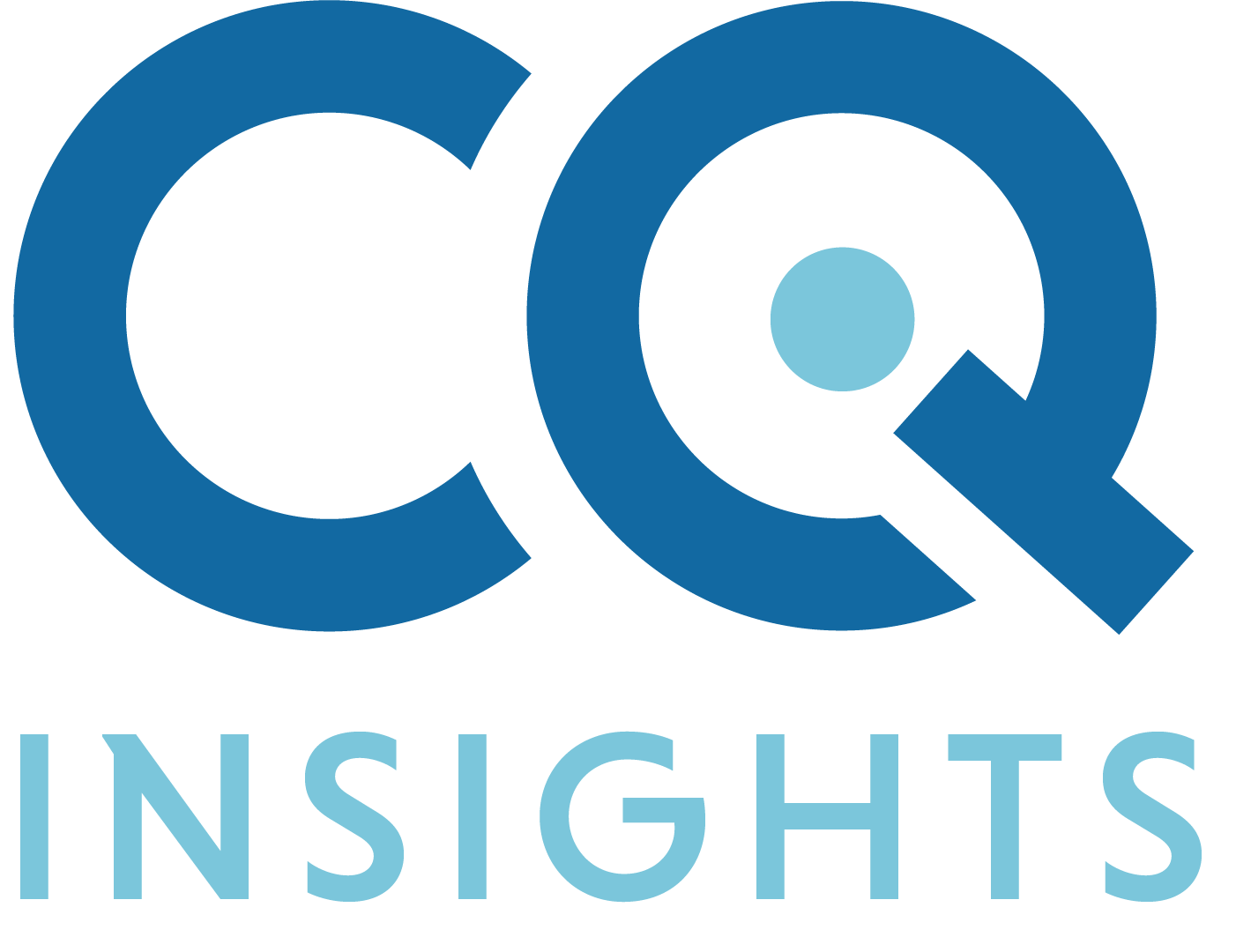As CQInsights developed our Continuous Quality Improvement (CQI) Method, we learned about the laws supporting the ability to use healthcare data to improve outcomes. Since the adoption of the HIPAA law in 1996, an exemption for “health care operations,” including conducting quality assessment and improvement activities, has existed because it is the right thing to do for patients. Unfortunately, the law has been misinterpreted by hospitals and physician groups, who often prevent the ability to obtain data and/or require an Institutional Review Board (IRB) submission before doing a quality improvement project. After discussing this issue with an IRB early in our experience in 2013, we learned that we would not need to submit a quality improvement project using our CQI Method to an IRB. We have now had numerous peer-reviewed publications and even influenced an FDA approval for one of our clients without the need for an IRB submission. But if we had been implementing our CQI Method just a few years earlier, we may have been inappropriately reported for being unethical. That happened to a Johns Hopkins physician several years before we started our effort.
We owe a debt of gratitude to Peter Pronovost, M.D., Ph.D. for his quality improvement work at Johns Hopkins. He implemented a quality improvement project to decrease the incidence of central line sepsis in his ICU. By using a brief checklist when placing a central line, he demonstrated a reduction in the rate of sepsis. He submitted the project for IRB review, but his IRB told him he did not need to submit it because it was quality improvement, not human subjects research. He later obtained funding and implemented the project in over 100 ICUs at dozens of hospitals throughout Michigan, called the Keystone Project. In 2006, he published the results of this project in the New England Journal of Medicine. In his book, “Safe Patients, Smart Hospitals,” he recounts the time when the Johns Hopkins IRB received a letter from the Office of Human Research Protections (OHRP) in response to an anonymous complaint. The letter claimed that the Michigan project was actually human subjects research and, therefore, Pronovost had violated ethics rules. Pronovost was shocked and confused by the letter, so he contacted a friend in Congressman Harvey Waxman’s office and gained political support to have the OHRP reverse their decision. They eventually did, and now a page on the Health and Human Services (HHS) website is dedicated to explaining the difference between quality improvement activities and human subjects research.
Our CQI Method allows clinical teams to measure and improve value-based outcomes using curated datasets and various data analytics tools, including VALITY, our interactive data visualization tool. We then analyze that real-world clinical data to help our industry clients understand where a product has value, where it may be wasteful, and where it may be unintentionally contributing to patient harm. This can be done at a fraction of the cost of traditional clinical trials. Our CQI Method generates better data because it’s real-world, with no protocol or inclusion/exclusion criteria, and faster data because IRB submission is not required. By partnering with industry companies and applying our CQI Method with frontline clinical teams, we are measuring and improving the value of care for patients, which will lead to a sustainable global healthcare system.
By: Bruce Ramshaw, MD | Co-Founder & CEO of CQInsights

